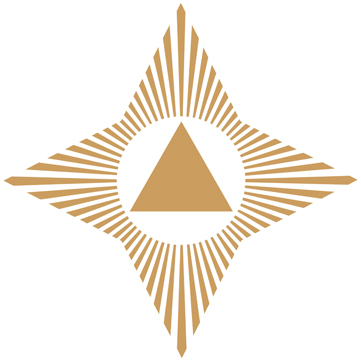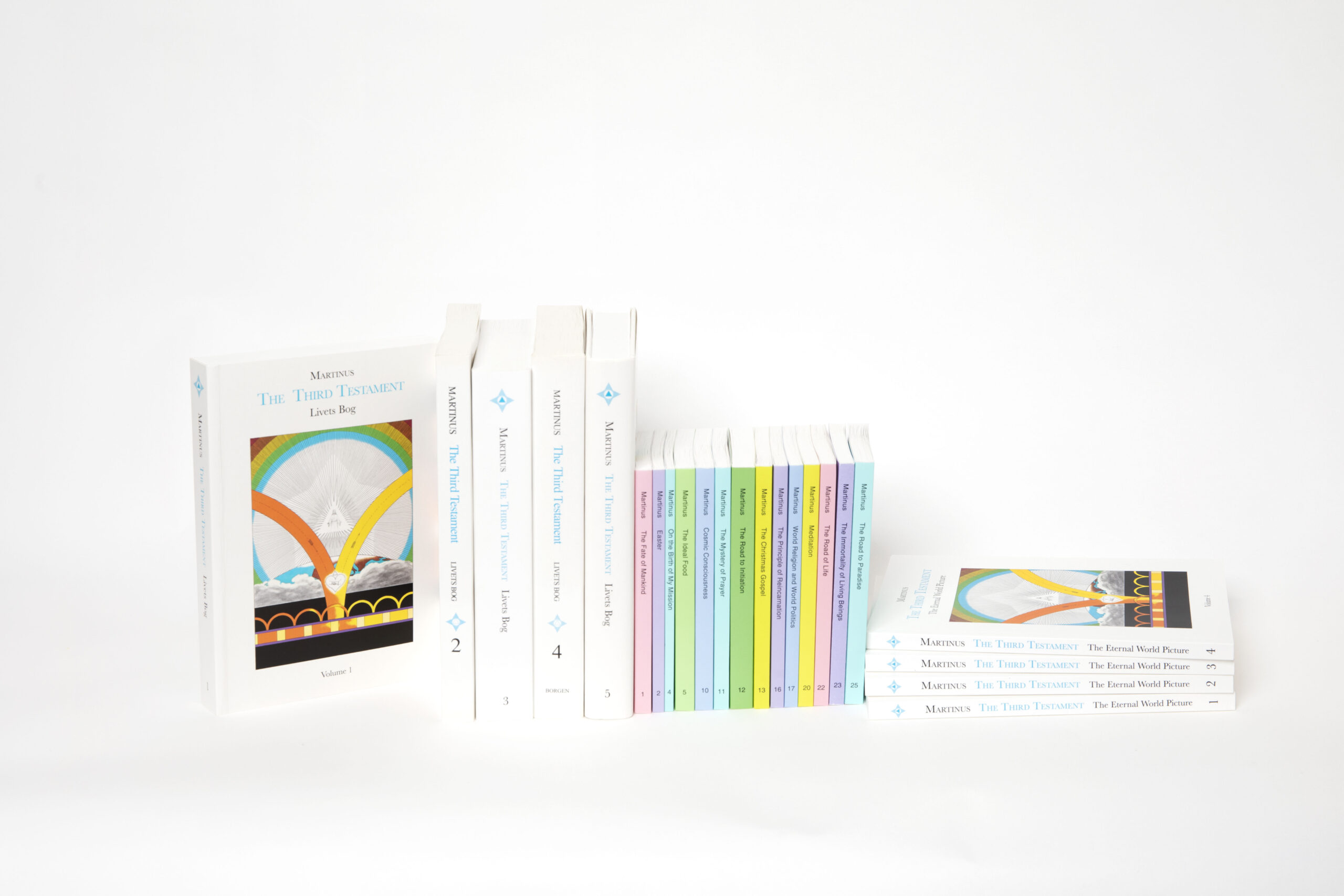How to begin studying Martinus

I came across Martinus at a language school in France
Editor of the magazine Kosmos
“I first made contact with Martinus when I was on a study trip to France after high school. There I saw a book that was on my friend Sébastien’s bookcase, which turned out to be a book by Martinus. I then asked Sébastien what it was,” says Jens Christian Hermansen, who is today the editor of the magazine Kosmos, which is based on Martinus’s world picture.
Jens Christian was not particularly interested in spiritual subjects at the time, but this Martinus book was about the organisation of society, and this was something that interested the future sociology student a lot.
“In the first place, it was Martinus’s descriptions of a peaceful, democratic world society, in which institutions such as the United Nations play an important role that occupied me. This was also what I first and foremost discussed with both my friend and the other people interested in Martinus that I met the following year during a week’s course at the Martinus Centre in Klint”.
– At first, I was very critical and thought, “Can this really be true? And is this really something for me?” And here I actually got most out of conversations and lectures, although I also got a lot out of reading some of the shorter books, said Jens Christian.
He therefore recommends those who have recently become interested in Martinus to seek out the community around Martinus Cosmology, unless you prefer to study on your own.
– I began reading Martinus’s main work Livets Bog (The Book of Life), volume 1 of which summarises the most important aspects of his world picture, but I did not get very far because it is quite demanding reading. It was not until later that I felt ready to study the work more systematically, and at that point I benefitted greatly from being part of a study group, he said.
As the editor of the magazine Kosmos, he is therefore very conscious of relating Martinus’s analyses to the present day and modern life. In this way, more people who are interested can follow them.

Heard about Martinus at a very early age
Teaching coordinator
“Even in my childhood, Martinus’s world picture was included in the answers I was given to many different questions. Both my father and grandmother were very interested in spiritual themes, such as the meaning of life and reincarnation. My grandmother was also taken up with Martinus’s thoughts about diet and nutrition and liked to talk about her meetings with Martinus. But it was mostly my father I talked to about spiritual subjects, and of course he simplified his explanations to suit a child,” Pernilla said.
During her childhood, when she was with people of her own age, she sometimes felt that other children were not used to the kind of conversations about spiritual issues that they had in her own family. And that is why she believes that it was later easier for her to study Martinus’s work than many others who were interested.
“I already had the basics in place,” said Pernilla, and she is also aware of that when she organises courses and teaches Martinus’s world picture today.
Her growing interest meant that she wanted to do voluntary work in connection with Martinus – both a translator and a teacher.
Pernilla and Jens Christian agree that there are many ways of approaching Martinus’s works. Some prefer to study at home on their own; they will benefit from using, among other things, the extensive online library and search function on this website. But many need the sparring and inspiration that the community around Martinus’s analyses offers, both in the form of physical courses and study groups and online teaching.
“The most important prerequisite for finding inspiration in Martinus’s world picture is that you have some existential questions you would like have answered,” says Pernilla, and Jens Christian adds, “It doesn’t matter if it’s the organisation of society, death, reincarnation, nutrition or gender identity that concerns you. Just explore the work and contact us at the Martinus Institute if you have any questions or are interested in hearing a lecture or joining a study group.”
Five reading tips for beginners
| 1 | Livets Bog (The Book of Life) 1: Preface and Introduction It was one of the first things I read. At that time, I did not continue reading Livets Bog, which is Martinus’s main work in many volumes, but it was a springboard for further study and interaction with others who were interested in Martinus. The introduction is, among other things, about the current and future world situation, as Martinus sees it. Here he takes a bird’s eye view and looks hundreds of years into the future. |
| 2 | The Eternal World Picture 1 Martinus also worked visually and drew over 100 symbols. The book contains 14 of these symbols, which, with Martinus’s own explanations, give a good, brief overview of the world picture as a whole. |
| 3 | Martinus’s Memoirs Martinus’s Memoirs was one of the first books I read. It is about Martinus, the man, and tells his own story based mainly on taped conversations with him. I enjoyed reading them because they were easy to read and because I needed to get a sense of the man behind the work, a sense of who he was and an insight into his story. You can read the memoirs in English here. |
| 4 | Short books and articles Martinus has written a total of 28 short books that deal with particular topics, such as food, prayer, death and reincarnation, the transition from religion to science, and world politics. I read several of them in the beginning – including The Fate of Mankind, which is an excellent little introductory book. In a slightly different genre is Leaves of God’s Picture Book, which shows a more poetic side of Martinus’s writing and contains many fine, more evocative descriptions. |
| 5 | Secondary literature I also read several books about Martinus by other authors, and that can help because there are many new concepts and ways of thinking in his works. I also read the magazine Kosmos, where you can read about current topics, such as economics, sexuality, food and health. It is also a good way of approaching Martinus’s work if you are new to it. |



